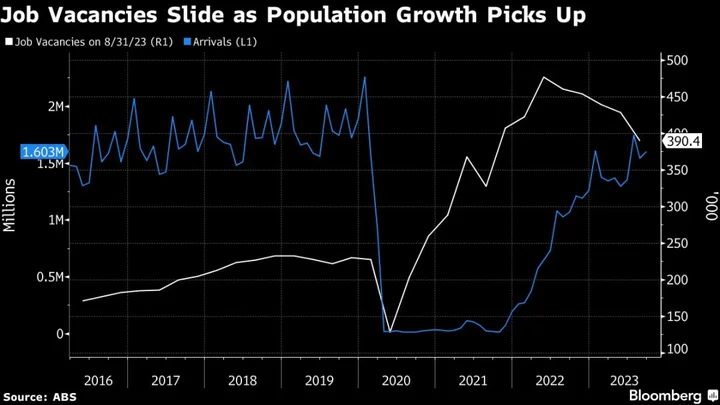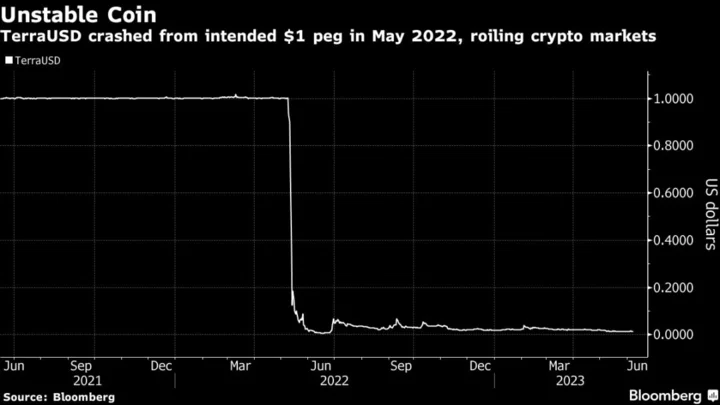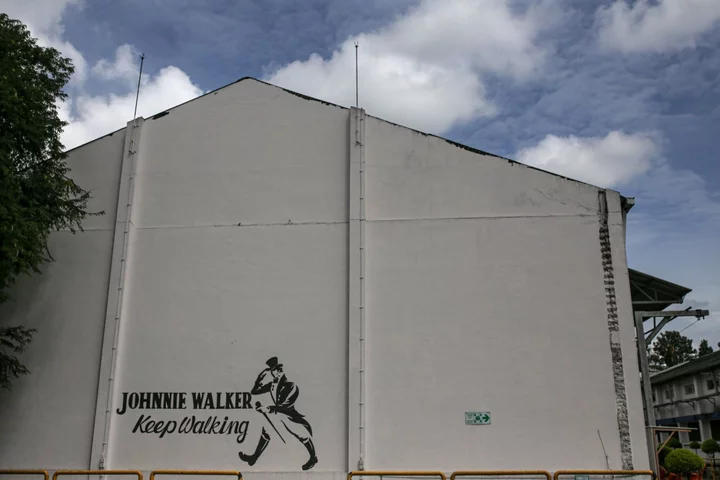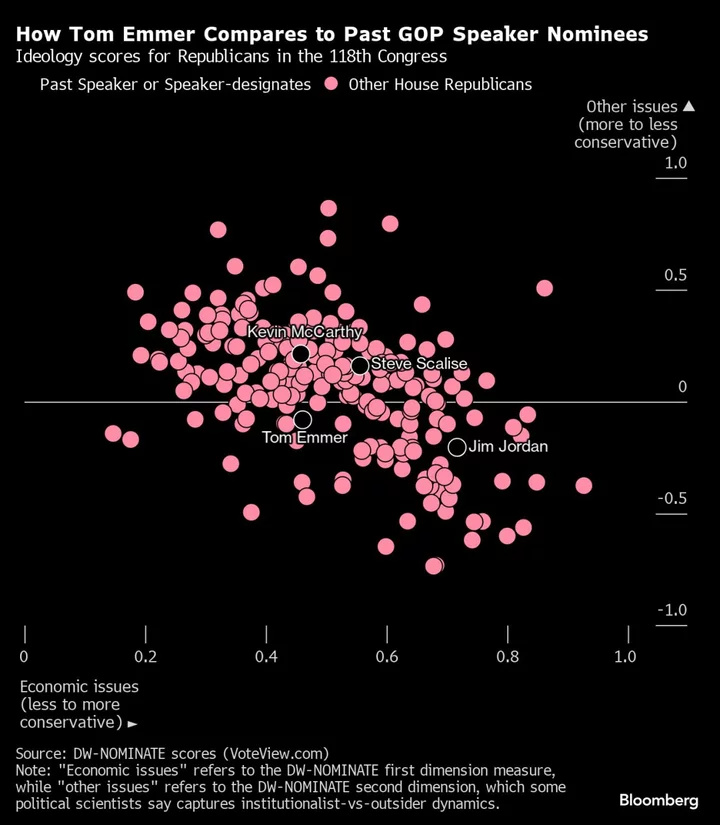Australian employment came in much stronger than expected in October while the jobless rate edged higher as more people sought work, suggesting the Reserve Bank may have more to do to cool demand and inflation.
The economy added 55,000 roles from the prior month — driven primarily by part-time jobs — exceeding estimates for a 24,000 gain, Australian Bureau of Statistics data showed Thursday. Unemployment rose to 3.7%, as expected. The jobless rate has hovered in a 3.4%-3.7% range since June last year.
Higher unemployment was driven by more people hunting for work, with the participation rate jumping to 67%. Markets largely shrugged off the data.
“At the top line, it’s a very solid jobs report, highlighting continued tightness in the labor market and illustrating the dilemma the RBA faces as it looks to end its rate hike cycle in line with its global central bank peers,” said Tony Sycamore, markets analyst at IG.
“The RBA will need to see labor market and inflation data ease in the coming months to avoid having to raise rates early in 2024.”
The figures follow a business survey earlier this week that showed ongoing resilience in the corporate sector though forward-looking indicators are now beginning to weaken. New Governor Michele Bullock recently described the labor market as “not as tight as it was,” noting that some leading indicators such as job vacancies have begun to ease from high levels.
Bullock delivered her first interest-rate increase as governor last week, hiking to a 12-year high of 4.35% after four straight pauses. Money markets see a 60% chance of another hike to 4.60% in the first half of next year.
But most economists, including those at Commonwealth Bank of Australia and Goldman Sachs Group Inc., expect the RBA is all-but done as inflation looks to be headed in the right direction.
Thursday’s figures showed that annual jobs growth edged down to 3% from 3.1% at the start of the year. Economists expect the pace of gains to slow with the jobless rate seen climbing to 4.25% next year.
The labor data also showed:
- Underemployment held at 6.3% and the underutilization rate rose to 10%
- Full-time roles advanced by 17,000, while part-time jobs jumped by 37,900
- The employment to population ratio increased to 64.5%
- Monthly hours worked climbed by 0.5%
--With assistance from Swati Pandey and Tomoko Sato.
(Adds further details from report, analyst comment.)









